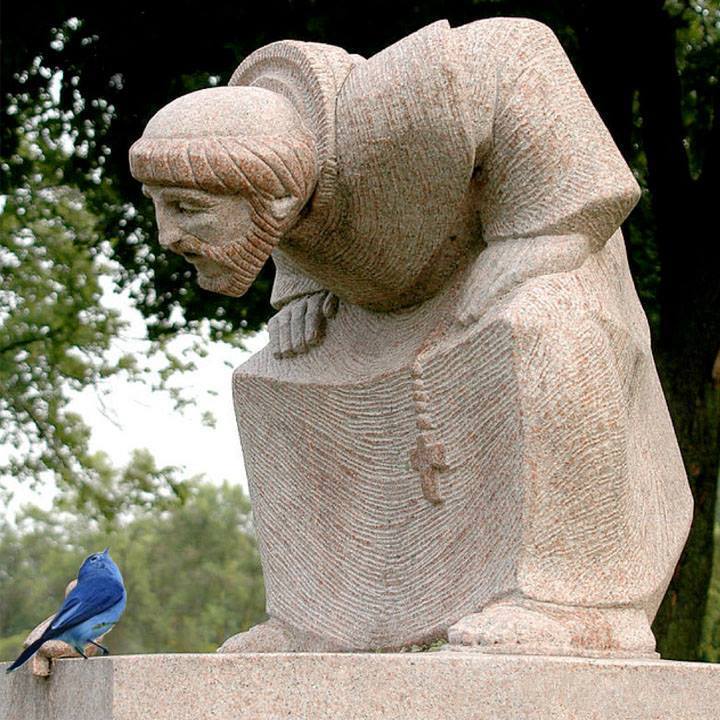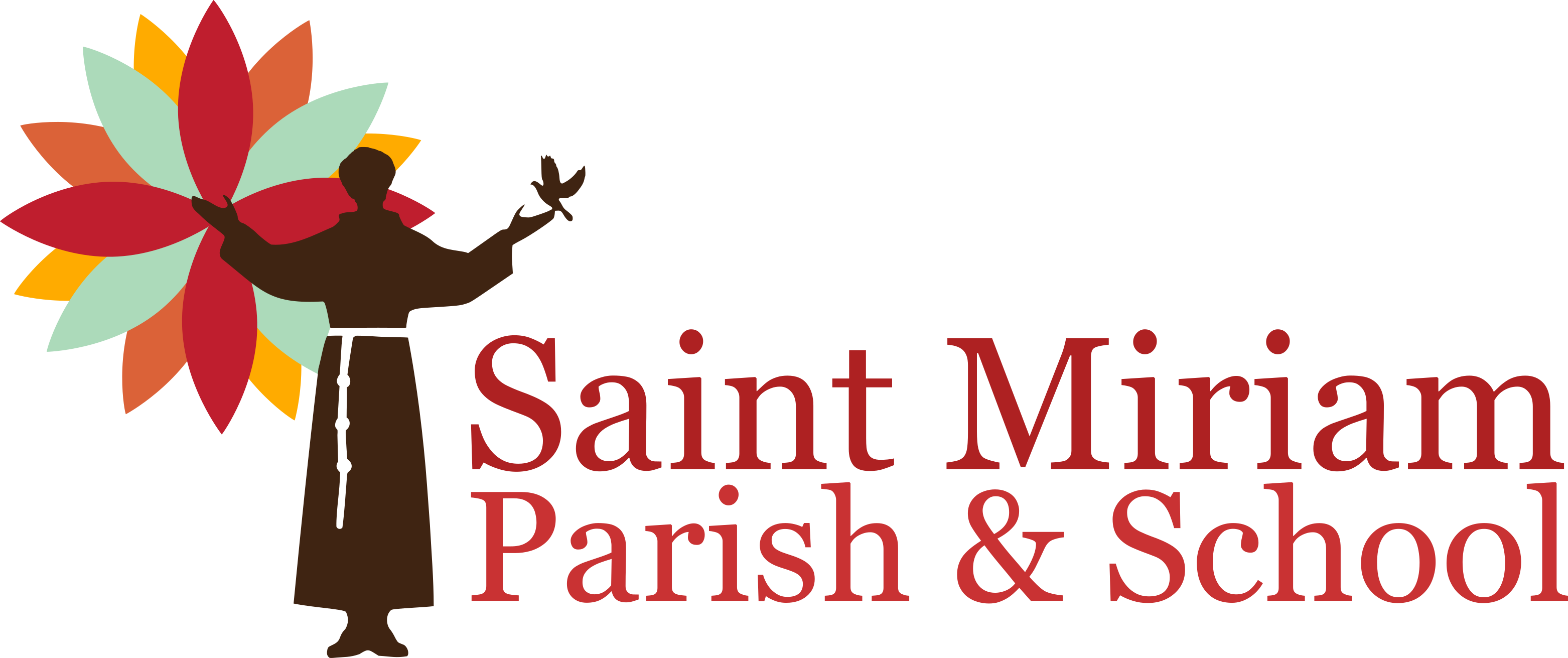 Saint Miriam is a progressive and welcoming Franciscan Old Catholic Parish Community.
Saint Miriam is a progressive and welcoming Franciscan Old Catholic Parish Community.
The term Old Catholic Church was used from the 1850s by groups which had separated from the Roman Catholic Church over certain doctrines after Vatican I, primarily concerned with papal authority; some of these groups, especially in the Netherlands, had already existed long before the term.
Old Catholic theology views the Eucharist as the core of the Christian Church. From that point the church is a community of believers. All are in communion with one another around the sacrifice of Jesus Christ, as the highest expression of the love of God.
The Old Catholic Churches of the Union of Utrecht is a family of nationally organized Catholic Churches that hold fast to the beliefs and practices of the early undivided Church, without rigidly adhering to the past. They aim to retain what is good while being open to the renewal of church and spiritual life.
The Old Catholic Churches came into being as a result of the Pope’s claim to authority beyond his own diocese of Rome – a claim which their existence effectively denies. Each Old Catholic Church is autonomous, and the local Church in each country is the continuation of the Catholic Church as it was before the Bishop of Rome asserted his infallibility and supreme authority over entire Catholic Church during the first Vatican Council in 1870.
The doctrinal basis of the Old Catholic churches is the Declaration of Utrecht (1889). The Old Catholics recognize the same seven ecumenical councils as the Eastern Orthodox churches, and those doctrines accepted by the church before the Great Schism of 1054. They admit seven sacraments and recognize apostolic succession. They also believe in the real presence in the Holy Eucharist, forbid private Masses, and permit the reception of the Eucharist under one or both elements.
The Old Catholic churches have an episcopal-synodal structure. The chief authority in the Old Catholic churches is the conference of bishops. The archbishop of Utrecht exercises a kind of honorary primacy. Bishops, as well as the rest of the clergy, are permitted to marry or take vows of celibacy. All services are in the vernacular. Since 1996 the threefold apostolic ministry is open to women. From the start, Anglicans have been close to Old Catholics. They participated in an international conference of theologians, convened at Bonn by Old Catholics in 1874, to discuss the reunion of churches outside Rome.
Old Catholics recognized Anglican ordinations in 1925. Since 1931 they have been in full communion with the Church of England first and later on with all the churches of the Anglican Communion. The Archbishop of Canterbury has a permanent representative with the International Old Catholic Bishops’ Conference.
Our parish is driven by the love and zeal of our Franciscan Friars. We are Coventual Friars, with our own Friary Rectory on campus for our priests and brothers. The Order of Friars, founded by St. Francis of Assisi, is a fraternity. In a more complete fulfilment of their baptismal consecration and in answer to the divine call, the friars give themselves totally to God, their supreme love; through profession of obedience, poverty and chastity, which they are to live in the spirit of Saint Francis. We also have a Third Order Franciscan Group whereby parishioners can live out their call within a lay order of service and love.
The Franciscans are a group of related mendicant Christian religious orders, primarily within the Catholic Church. Founded in 1209 by Saint Francis of Assisi, these orders include the Order of Friars Minor, the Order of Saint Clare, and the Third Order of Saint Francis. The history of the Franciscan Friars in this country can be divided into two epochs – the period of mission activity during the European colonial period and then friars coming in the 19th and 20th centuries to minister to immigrants.
Our Friars embody living out their call within the presence of the People of God, paying attention to the new signs of the times and responding to the conditions of a developing world, are always to be of one mind with the Church; they are to adopt as their own and foster as much as they can the Church’s undertakings and aims.
We presently serve the world, and the Church, through selfless service to children’s educational needs, outreach to those living in homelessness, care of an historic cemetery of over 300 years old, retreats at our 56-acre retreat renter and chapel that allows people to refresh and live their best life, and liturgy that welcomes and affirms every human being. We are a welcoming and loving community where everyone is welcome to find a home.
